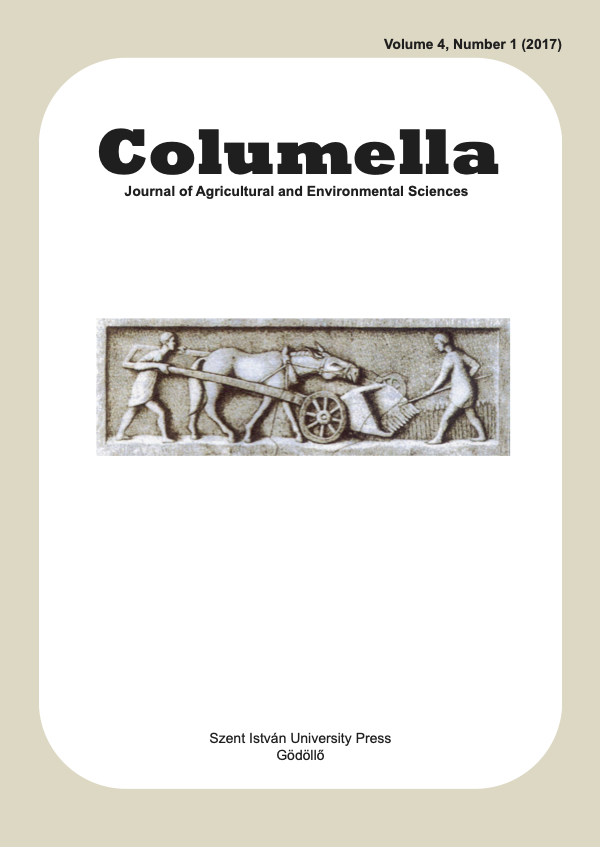Ecological indicator based comparative study of tree of heaven (Ailanthus altissima) stands’ herb layer
DOI:
https://doi.org/10.18380/SZIE.COLUM.2017.4.1.15Keywords:
tree of heaven, stands, herb layer, relative ecological values, life-formAbstract
Tree of heaven (Ailanthus altissima) is one of the most dangerous and spread woody-stemmed invasive plant species in Hungary. By its nature it transforms its environment and reduces the biodiversity of the area. These processes can be observed studying species composition of habitats heavily infected by tree of heaven. In our research we studied the herb layered species composition of plant communities that were tree of heaven dominated in canopy in Fót, Gyermely, Makád and Tököl. After determining the species associated Borhidi’s relative ecological indicators and Raunkiaer’s life-forms have been applied and analysed for the distribution of the categories. Accordingly most of the species occurring in the herb layer of studied areas were herbaceous. In these stands disturbance tolerant species, generalists and weed species are common, but more, aggressive competitors also appear. These species are indicators of degraded and disturbed habitats however there was also a protected area (Fóti-Somlyó). Summing the indicators of relative temperature figures it can be stated that most of the species indicated the relative temperature demand of submontane broad-leaved forests. According to wetness requirement of the species, studied tree of heaven stands were semihumid. Looking at the relative nitrogen figures, species show a wide variety, but most of them indicate a moderately nutrient-rich, or richer habitat. On herb layer halflight plant species prevailed which indicates that these tree of heaven infected stands were less closed, allowing more light to come down to the herb layer. In continentality suboceanic and intermediate types dominated. The majority of the species is halophob, that does not tolerate the salty environment.
Downloads
Published
Issue
Section
License
Copyright (c) 2017 András Demeter, Dominika Falvai, Petra Trenyik, Szilárd Czóbel

This work is licensed under a Creative Commons Attribution-NonCommercial-NoDerivatives 4.0 International License.










